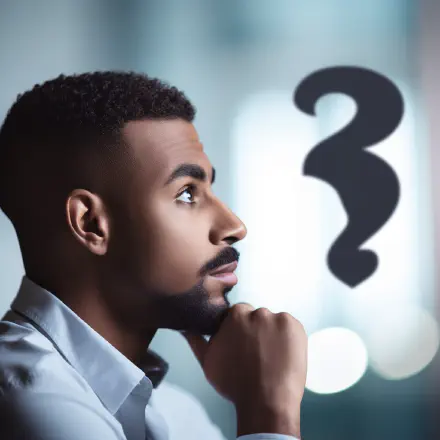
Asking questions is a fundamental aspect of human communication. Whether you are interviewing someone for a job, trying to solve a complex problem, or just having a conversation with a friend, asking the right questions is crucial to getting the answers you need. In this blog post, we will explore the art of questioning and techniques for asking the right questions to get better answers in any situation.
The Art of Questioning
The art of questioning involves asking the right questions in the right way to elicit meaningful and useful information from others. Asking good questions requires more than just a cursory understanding of the topic at hand. It requires a deep understanding of the person you are questioning, their background, and the context in which they are speaking.
The Power of Questions
Questions are powerful tools that can be used to gain knowledge, challenge assumptions, and stimulate creative thinking. Effective questioning can lead to new insights and discoveries that may have otherwise gone unnoticed.
The Different Types of Questions
There are several different types of questions, each with its own purpose and application. Some of the most common types of questions include:
-
Open-ended questions: These questions are designed to encourage a detailed response and require more than a simple yes or no answer. For example, “Can you tell me more about your experience with this particular software?”
-
Closed-ended questions: These questions are designed to elicit a specific answer and can be answered with a simple yes or no. For example, “Did you like the product?”
-
Clarifying questions: These questions are designed to gain a better understanding of the information that has already been provided. For example, “Can you explain what you meant by that?”
-
Probing questions: These questions are designed to encourage deeper thinking and exploration of a particular topic. For example, “What other options have you considered?”
Techniques for Asking the Right Questions
Asking the right questions requires skill and practice. Here are some techniques you can use to improve your questioning skills:
Listen actively
Active listening is the foundation of effective questioning. Pay close attention to what the other person is saying, and use their responses to guide your questioning.
Be clear and concise
Be clear and concise when asking questions. Avoid using complex language or convoluted phrasing that may confuse the person you are questioning.
Avoid leading questions
Leading questions can bias the responses of the person you are questioning. Instead, ask open-ended questions that encourage the person to provide their own perspective.
Use follow-up questions
Follow-up questions are an essential part of effective questioning. They allow you to clarify information, gain deeper insights, and uncover hidden assumptions.
Practice active listening
Active listening is the key to effective questioning. Practice active listening by focusing on the person you are questioning, and providing feedback that demonstrates your understanding of what they are saying.
Conclusion
Asking the right questions is a critical skill that can be applied in a variety of contexts. By mastering the art of questioning and using techniques like active listening and open-ended questioning, you can gain deeper insights, challenge assumptions, and make better decisions. So the next time you find yourself in a situation that requires effective questioning, remember these techniques and use them to ask the right questions and get better answers.

